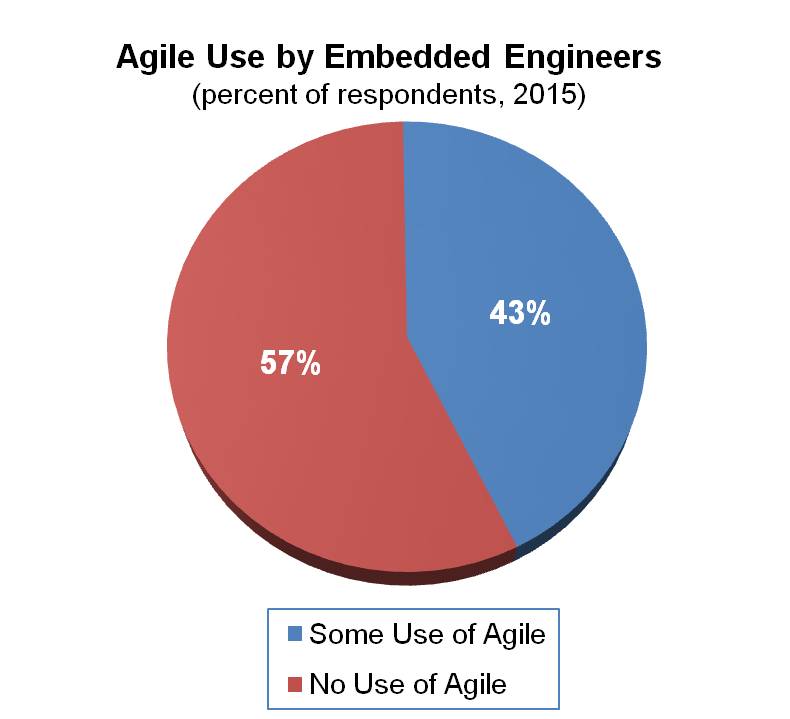Agile in Embedded: The Challenges Behind and Potential Ahead (Part 1)
Agile and product manufacturing have a long and somewhat contentious relationship. Lean manufacturing practices and the Toyota Production System are often viewed as the initial inspiration for the Agile software development manifesto. The speed and quality improvements of early Agile teams quickly lead to widespread use of iterative practices in the enterprise/IT software development market but embrace of the methodology for product, or even systems, development could certainly not be called rapid. Despite the origins of Agile and it’s pervasive use in IT software development adoption in embedded engineering, where challenging reliability, safety-critical, and variant management requirements encourage an aversion to change. But the inflexibility of older systems development approaches is increasingly at odds with the accelerating rate of change in system requirements from connectivity and mounting code and device complexity.
VDC has been investigating the use Agile methods in the embedded market since at least 2008 – back when the IoT was still called M2M. Surprised and perhaps confused looks were common when we first started meeting with development tool suppliers at Agile-related tradeshows. I remember a phone briefing around this timeframe with an executive primarily focused on software development in the military/aerospace industry. A question about the potential use of Agile by his customers was met with such vehemence that a quick change of topic was needed to avoid the premature ending of our call. As viewpoints matured, however, vendors grew increasingly interested in hearing about the practices and challenges particular to embedded engineering.
 Customers want it now and expect it to be secure
Customers want it now and expect it to be secure
Times are changing. Business needs and evolving market expectations for software-intensive products are forcing embedded engineering firms to focus more on speed while still maintaining their earlier commitments to safety and security. To improve the pace and quality of software development, collaborative practices such as Agile, cross-engineering domain integration, and DevOps are increasingly employed in the embedded industries.
Despite the slow emergence in systems engineering, 43% of embedded engineers VDC surveyed in 2015 reported using some form of Agile! Besides confirming this shift in software development strategy use, our yearly survey of the global engineering community also shows a growing recognition of the value in applying these iterative concepts to mechanical and electrical engineering domains.
But how can vendors address this market need? Read Part 2 to find out.